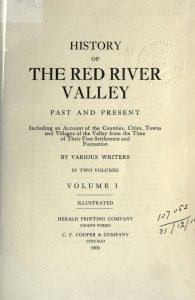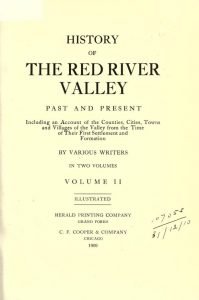War and Railroads in the Red River Valley
The Sioux Indian outbreak primarily affected central and western Minnesota but also impacted the Red River Valley, leading to settler fatalities and the besiegement of Fort Abercrombie. Many settlers fled to safety at local forts. Military actions, such as Hatch’s Battalion and Cunningham’s Expedition, aimed to stabilize the area amid ongoing conflicts. The buffalo herds, crucial to local ecosystems, vanished around 1867 due to overhunting. By 1869, the Hudson Bay Company lost control, opening the region for settlement, which was further propelled by the arrival of the Great Northern and Northern Pacific railroads.


